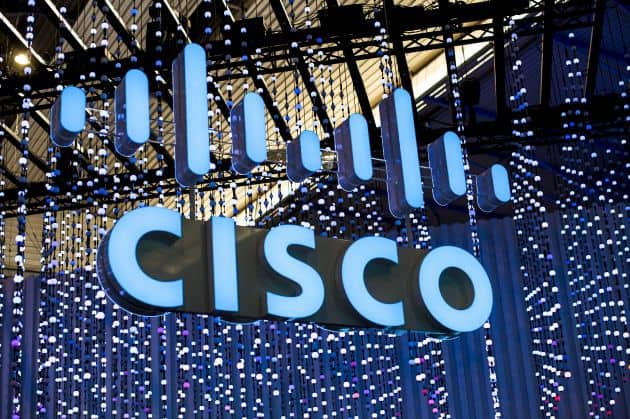Mastering DMVPN: Cisco's Dynamic Multipoint VPN Solution

Table of Contents
What is DMVPN?
DMVPN, or Dynamic Multipoint Virtual Private Network, is an overlay hub-and-spoke technology that enables enterprises to connect their offices across a non-broadcast multi-access (NBMA) network, such as the internet. One of the most common implementations of DMVPN is as a backup Wide Area Network (WAN) connection over the internet, leveraging its advantages over traditional Layer 2 WAN circuit alternatives like Frame Relay or Asynchronous Transfer Mode (ATM).
Key Benefits of DMVPN
- Dynamic IP Addressing: Unlike Frame Relay or ATM, spoke devices in a DMVPN network do not require static IP addresses, providing greater flexibility and scalability.
- Spoke-to-Spoke Communication: DMVPN enables dynamic spoke-to-spoke traffic without the need for additional virtual circuits (VCs) or a full mesh topology, as required in Frame Relay or ATM networks.
- Routing Protocol: DMVPN is a routing technique that leverages the Next Hop Resolution Protocol (NHRP) to facilitate dynamic spoke-to-spoke communication and allow dynamic IP addressing.
NHRP: The Key to DMVPN
NHRP, or Next Hop Resolution Protocol, is the core protocol that enables DMVPN's dynamic spoke-to-spoke traffic flows and dynamic IP addressing capabilities. NHRP acts as a mapping protocol, allowing the NBMA address of a spoke to be dynamically associated with its VPN address, much like how Frame Relay or ATM maps IP addresses to DLCI numbers or VPI/VCI pairs.
In a DMVPN network, at least one Next Hop Server (NHS), typically located on the hub, receives NHRP registration information from each spoke, containing their dynamically allocated NBMA address and VPN address. This information is then used to facilitate spoke-to-spoke traffic flows via NHRP resolution requests or traditional hub-and-spoke communication.
DMVPN Phases
DMVPN configurations are divided into three phases, each with unique properties and routing capabilities, allowing for flexibility in meeting specific design or policy requirements:
- Phase 1: Basic hub-and-spoke topology
- Phase 2: Spoke-to-spoke communication capabilities
- Phase 3: Advanced routing capabilities, such as summarization and redistribution
Learn DMVPN with SPOTO
To gain comprehensive hands-on experience with DMVPN and its various phases, consider enrolling in training programs offered by SPOTO. With virtual labs and expert instructors, SPOTO provides a practical learning environment tailored to help you master DMVPN and prepare for Cisco lab examinations.
In addition to Cisco certifications, SPOTO offers a wide range of IT certification programs, empowering professionals to stay ahead in the rapidly evolving technology landscape. Visit SPOTO today and kickstart your journey towards becoming a DMVPN expert.